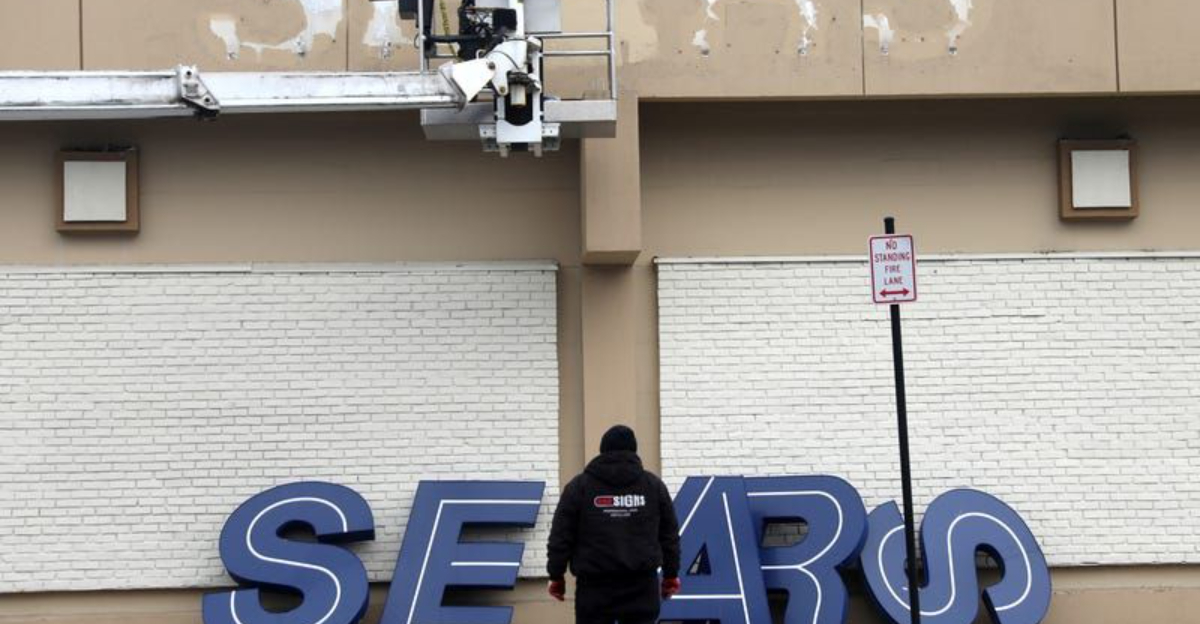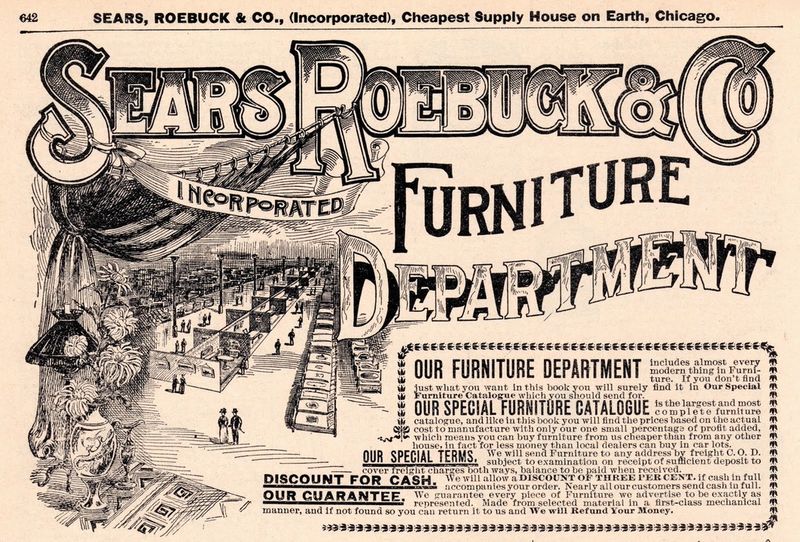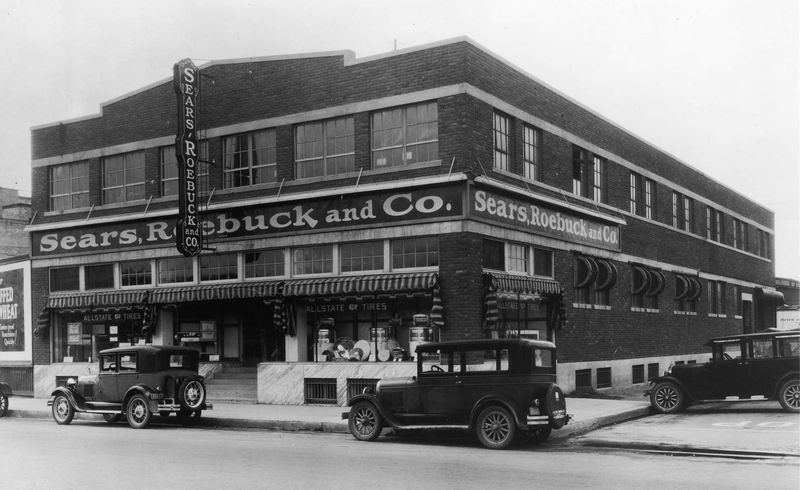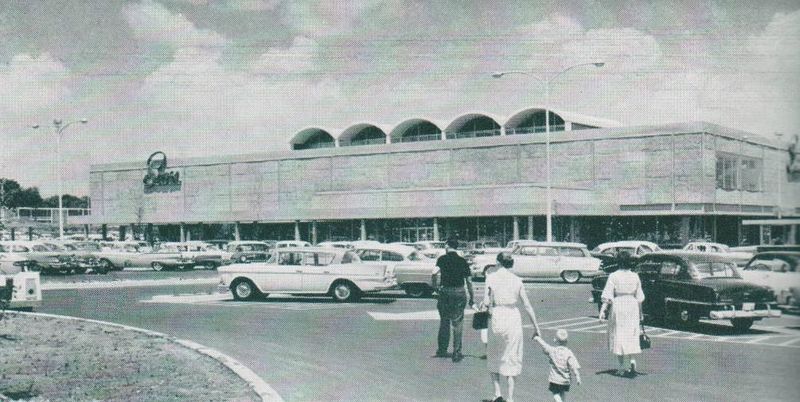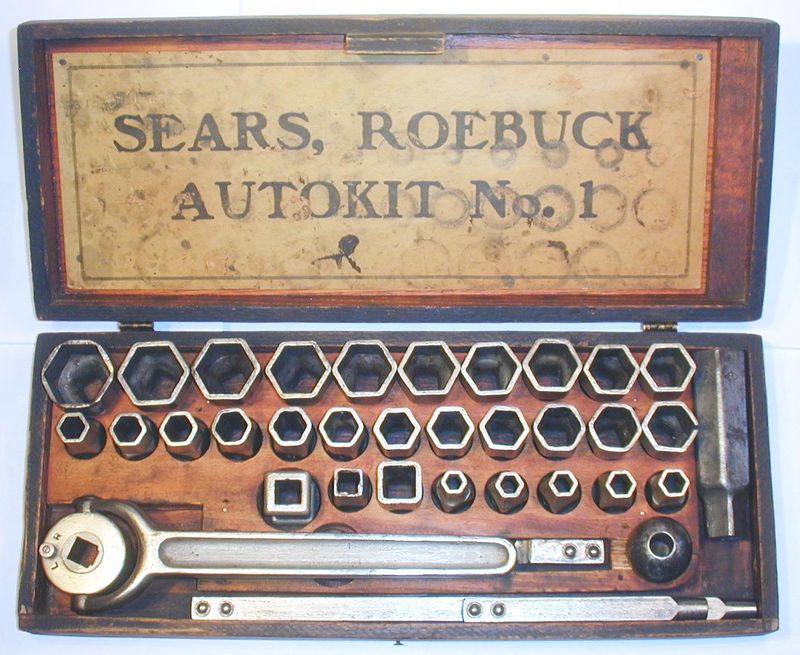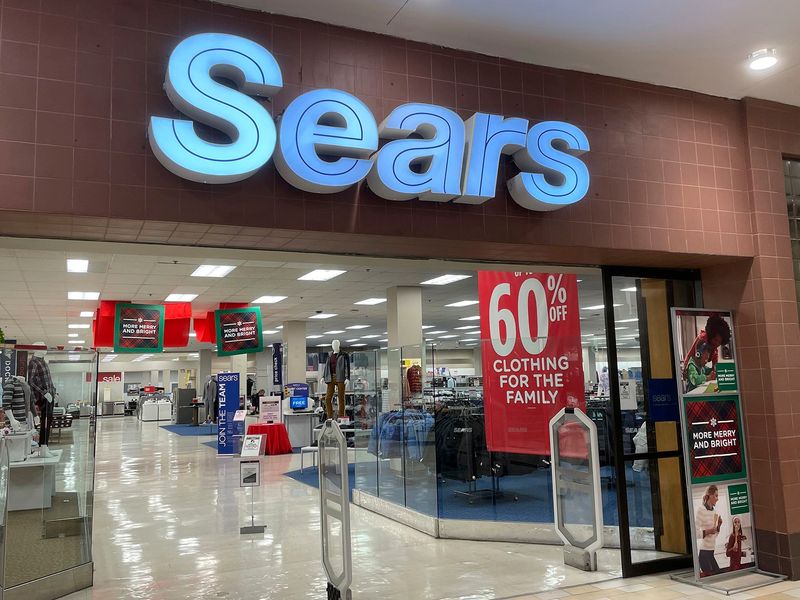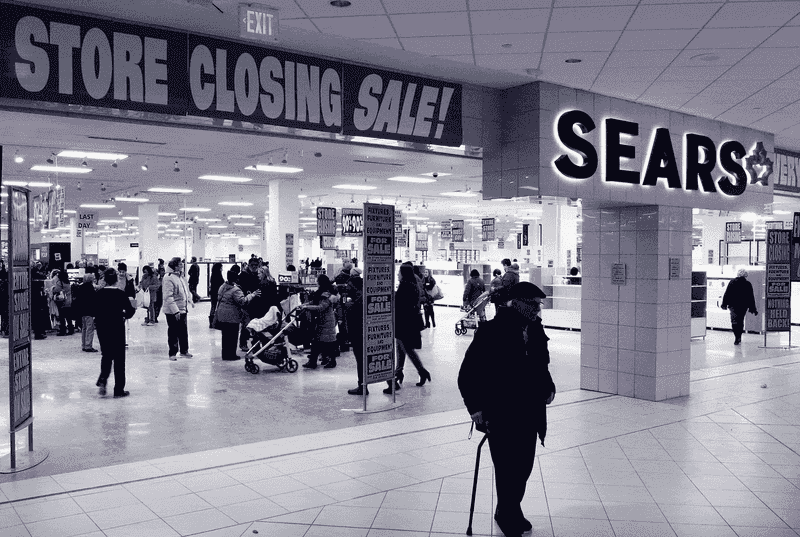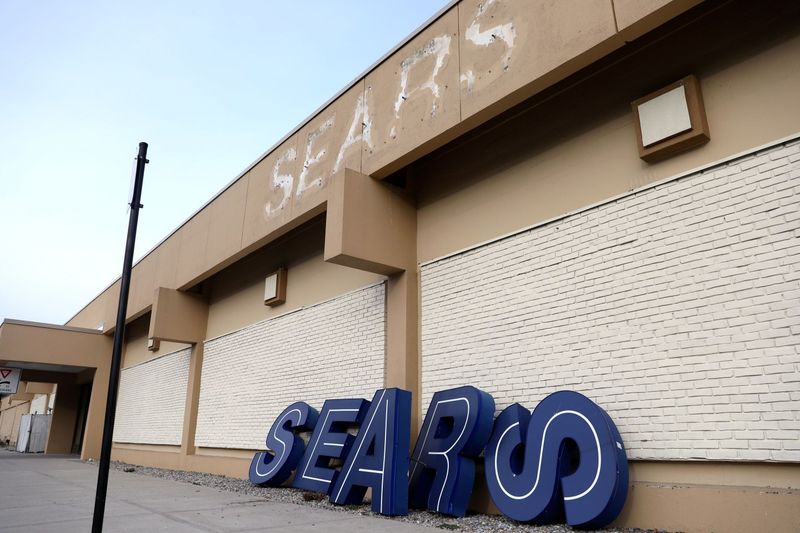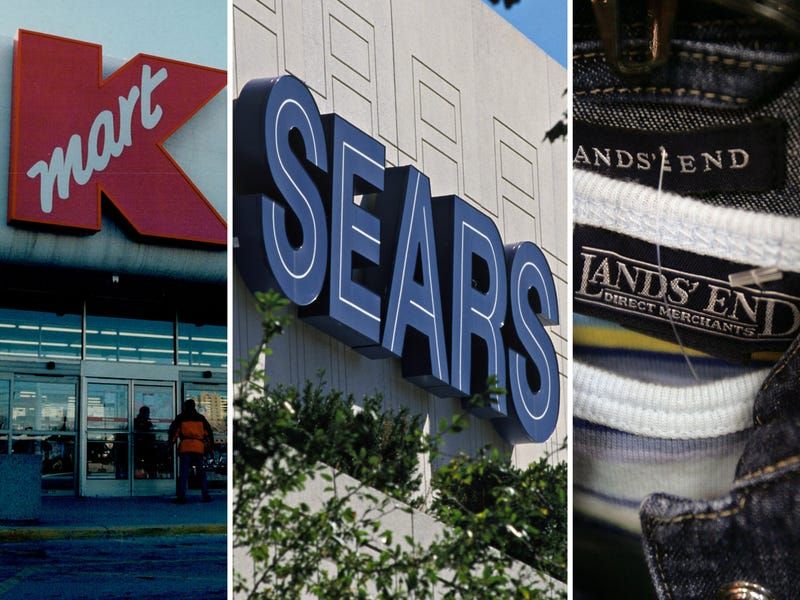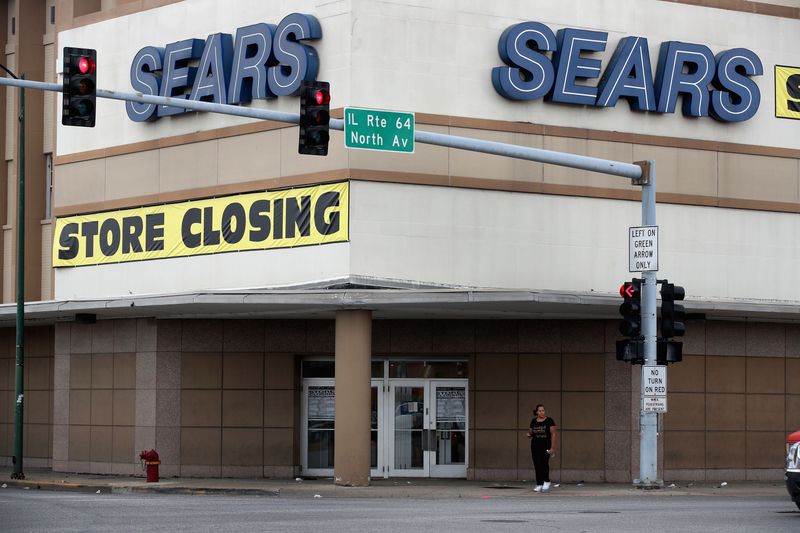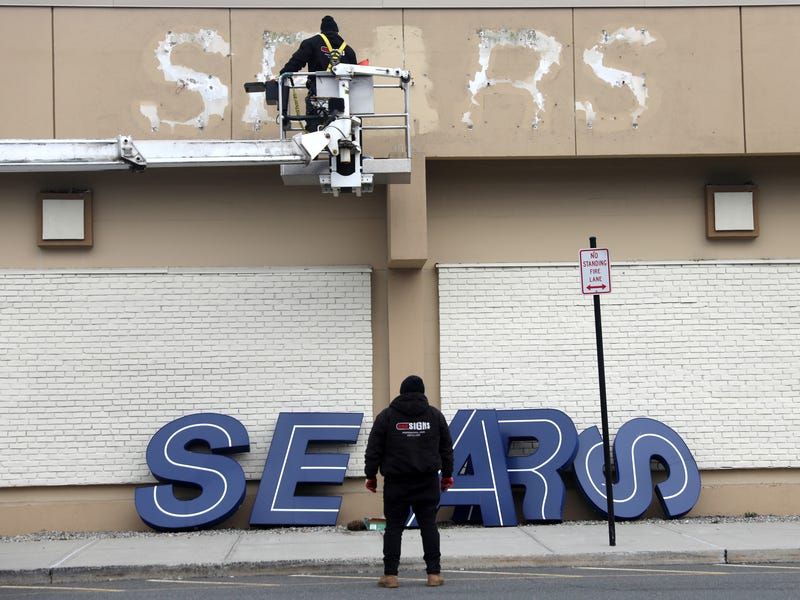Sears, once a retail giant and staple of American shopping, has a rich history marked by its rise to prominence and eventual decline. From its inception as a mail-order catalog company to becoming a bustling department store chain, Sears played a crucial role in shaping consumer culture in the 20th century. However, as the retail landscape transformed, Sears struggled to adapt, leading to significant financial challenges and store closures. This blog post delves into the key events and decisions that led to the downfall of Sears, offering insights into the company’s storied past and lessons learned.
Innovative Beginnings
In 1886, Richard Sears stumbled upon a shipment of watches that had been refused by a jeweler and sold them through mail order. This sparked the idea for the Sears catalog, a revolutionary concept at the time. By 1893, the catalog featured thousands of items, making shopping accessible from remote areas. Imagine flipping through pages offering everything from bicycles to sewing machines. This innovation set the stage for Sears’ meteoric rise, becoming a household name in American retail. This early success was a blend of ingenuity and the era’s unbridled belief in the power of commerce.
Expansion into Department Stores
Sears transitioned from a mail-order catalog to opening its first physical store in 1925. Located in Chicago, this move was strategic, appealing to urban consumers who craved a modern shopping experience. These department stores offered a wide array of products under one roof, from clothing to appliances. Shoppers could touch, try, and buy on the spot, a novelty that enhanced the appeal of Sears. As urbanization increased, Sears expanded nationwide, establishing itself as a cornerstone of downtown shopping districts. These stores became social hubs, reflecting the vibrant consumer culture of the era.
The Suburban Boom
The post-war era saw Americans flocking to suburbs, and Sears was quick to follow. Opening stores in these burgeoning communities during the 1950s, Sears catered to the new suburban lifestyle. These stores were conveniently located and offered ample parking, aligning with the car-centric culture. Sears became a one-stop-shop for the suburban family, offering everything from garden tools to apparels. This strategic move solidified Sears’ presence in the everyday lives of Americans. By embracing the suburban boom, Sears not only expanded its market reach but also strengthened its brand as an indispensable part of American life.
Introducing the Kenmore and Craftsman Brands
The 1920s and 1930s brought iconic brands like Kenmore and Craftsman under the Sears umbrella. Kenmore revolutionized home appliances, while Craftsman became synonymous with quality tools. These brands cultivated customer loyalty by consistently delivering reliable products. Whether renovating a kitchen or building a deck, Sears was the go-to destination for durable and affordable options. Such brand strength was instrumental in maintaining Sears’ competitive edge. However, with shifting consumer preferences, these brands faced challenges. Despite this, their legacy endures, representing a time when Sears defined American home improvement and household convenience.
The Rise of Competitors
By the late 20th century, competition intensified as retailers like Walmart and Target emerged. These stores offered similar products but at lower prices, challenging Sears’ market share. Walmart’s expansion was particularly aggressive, often outpricing Sears in key segments. Target, with its trendy yet affordable offerings, appealed to a younger demographic. Sears struggled to match these competitors’ low-cost, high-efficiency models, leading to a dwindling customer base. This competitive pressure highlighted Sears’ vulnerabilities, forcing it to rethink its strategy. Despite these challenges, Sears remained a symbol of nostalgia for many loyal customers.
Attempts at Modernization
In the 1990s, Sears attempted to modernize its image, revamping stores with updated layouts and introducing more fashion-forward clothing lines. The aim was to attract younger shoppers and revitalize the brand. However, these efforts often fell short, lacking the innovation and allure seen in competitors. Despite these updates, Sears couldn’t shake its reputation as outdated. This struggle to modernize effectively highlighted the difficulties of adapting to rapidly changing retail trends. While efforts were made to keep Sears relevant, the execution was inconsistent, leaving the brand caught between its storied past and an uncertain future.
Financial Struggles Begin
Entering the 21st century, Sears faced mounting financial woes. Declining sales and rising debt painted a grim picture. Management decisions to cut costs led to decreased service quality, further alienating customers. Attempts to innovate, such as introducing online shopping, were too little, too late. These financial struggles were exacerbated by the broader economic downturn, leaving Sears vulnerable. The once-flourishing empire was now grappling with survival, as store closures became commonplace. This challenging period underscores the importance of agile management and the need to adapt swiftly to market changes.
The Kmart Merger
In 2005, Sears merged with Kmart in a bid to rejuvenate both struggling brands. This merger was intended to combine resources and broaden market appeal. However, cultural differences and operational challenges hindered the integration. The anticipated synergies failed to materialize, and the merger struggled to deliver the desired turnaround. As both brands continued to face declining sales, the merger’s impact became increasingly questioned. Rather than achieving a competitive edge, the union of Sears and Kmart highlighted their collective vulnerabilities. This merger serves as a reminder of the complexities involved in reviving legacy brands.
The Age of Online Shopping
The rise of online shopping giants like Amazon posed an existential threat to traditional retailers, including Sears. As more consumers embraced the convenience of online shopping, foot traffic in Sears stores dwindled. While Sears made efforts to establish an online presence, it was unable to match the efficiency and customer experience offered by Amazon. This digital shift marked a significant turning point, further eroding Sears’ market presence. The inability to fully capitalize on e-commerce opportunities accentuated Sears’ decline, reflecting the broader challenges faced by brick-and-mortar stores in adapting to the digital age.
The Final Years
The final years of Sears were marked by store closures and liquidation sales. Once-bustling locations became echoes of their former selves, with shelves often bare and aisles empty. These closures were symptomatic of a long-standing struggle to remain relevant. While loyal customers reminisced about Sears’ glory days, the harsh reality was a brand unable to compete in a new retail era. The decision to close numerous stores was a last-ditch effort to salvage what remained. This bittersweet end reminds us of the transient nature of retail dominance, where adapting to change is crucial for survival.
